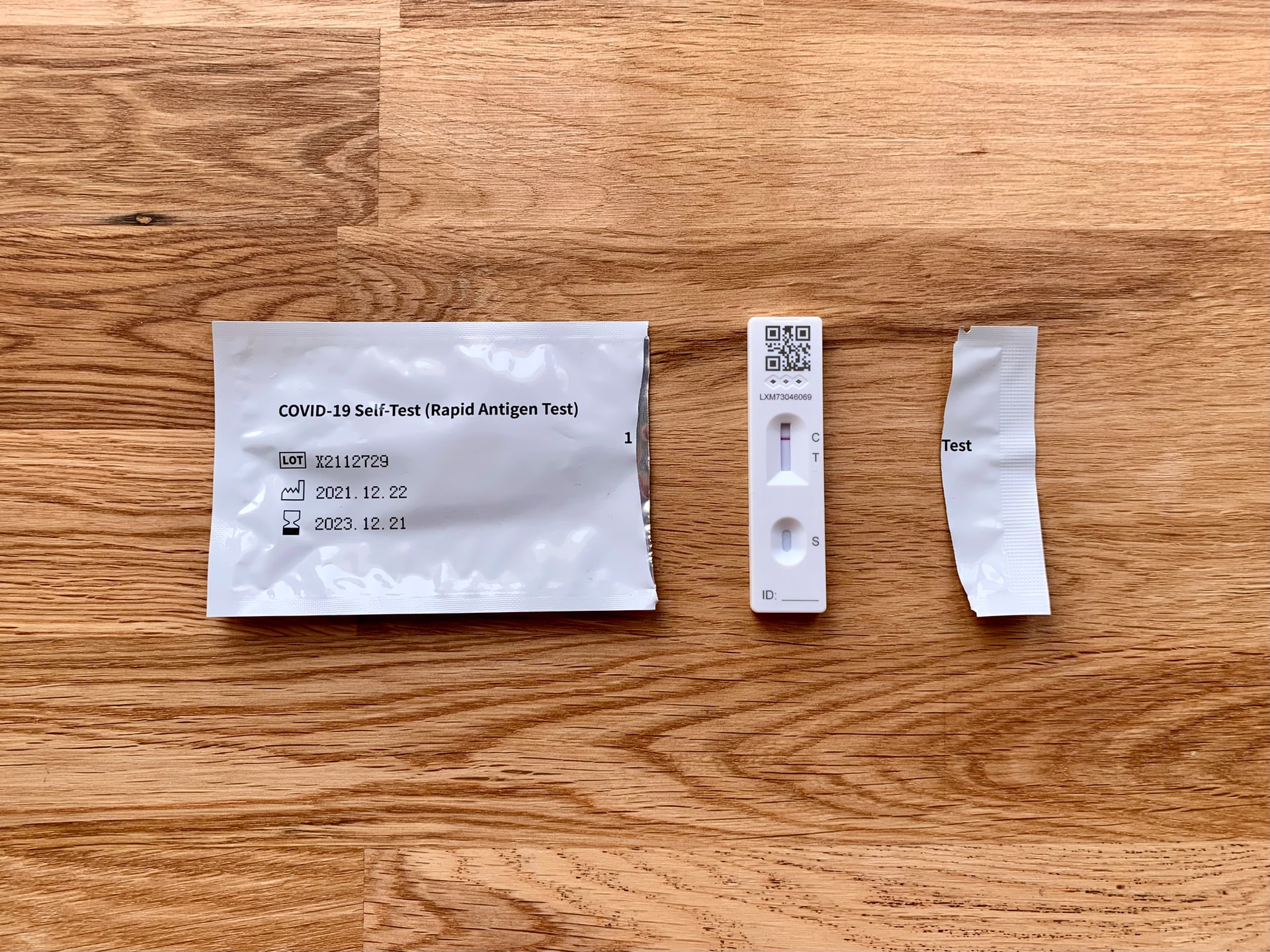Over the past two years we’ve all become a lot more familiar with regular and rapid testing for Covid-19, with many of us now professionals at taking rapid lateral flow tests. We know how to take the tests, but most of us don’t know the science behind the tests.
What is a lateral flow test?
Before we explain the science behind lateral flow tests and how they work, it’s important to make sure we’re thinking of the same type of test! The two most commonly used types of tests when detecting Covid-19 are lateral flow tests and PCR tests.
Lateral flow tests are more commonly known as rapid COVID-19 tests because of how quick the results are that they provide – usually within 30 minutes. The test itself involves inserting a swab into the nose, throat, or both, which is then inserted into a tube of liquid. A few drops are then added to the test strip in the lateral flow device, which will show the result in 30 minutes.
In order to interpret the results of your Covid-19 lateral flow test, you need to look at the markings on the strip through the reading window:
- Two lines mean a positive result.
- One line next to the C mark means a negative result.
- One line next to the T mark means an invalid result.
How do lateral flow tests work?
Lateral flow tests didn’t just come about when the Covid-19 pandemic hit; they’ve been around for many years as an established technology. The most common and widely used type of lateral flow test – before the Covid-19 pandemic – was the home pregnancy test.
Lateral flow tests for Covid-19 work by detecting antigens (proteins) that are present when a person has Covid-19. The lateral flow device is hand-held, a reading window at one end and an absorbent pad at the other. When the swab sample is added to the buffer liquid and some drops are added to the pad, the sample is absorbed by the test paper inside the device.
If the person who has done the lateral flow test has Covid-19, the test paper inside the device will change colour to show two lines. You’re able to see the result and change of colour through the reading window. It’s important to remember that two lines, no matter how faint, are indicative of a positive lateral flow test.
Lateral flow tests play a different role in the pandemic than PCR tests, as each is effective at different points and these tests are increasingly being utilised in businesses as part of their occupational health and wellbeing practices for employees (more information). Lateral flow Covid-19 tests are incredibly useful in determining whether or not a person is infectious and able to transmit the virus to other people at that given time.
Where can I get lateral flow tests from?
There are several places from where you can get a lateral flow test. Many pharmacies still stock boxes of lateral flow tests and you can also order lateral flow tests online to be delivered to your door. You can also attend a Covid-19 lateral testing site to get a Covid-19 lateral flow test.











